How to Stop Bleeding – 16 Do’s & Don’ts
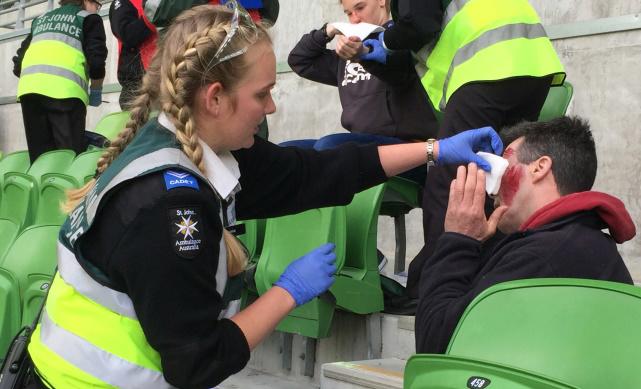
The sight of blood is alarming for most people. In fact, many people will even faint or become sick at the sight of blood. Even if it doesn’t make you queasy, wanting to quickly treat the wound and stop the blood is a natural reaction for most people. This is why detailed steps on how to stop bleeding are a mandatory feature of all our First Aid courses.
Firstly, ensure you have completed the DRSABCD steps. If a casualty is unconscious and not breathing, you should attend to their immediate need for air and circulation. If their heart is not beating blood around the body, they will usually die within just minutes. It is rare that any form of bleeding will completely drain the body of blood in the time it takes to complete DRSABCD.
Once DRSABCD is complete, you can proceed to treating the bleeding wound and minimising blood loss.
Follow our complete guide below on how to stop bleeding, including dealing with amputations, internal bleeding and infected wounds.
Do’s of How to Stop Bleeding
- Always wear gloves when treating a wound
- Apply pressure to the wound using a clean pad or bandage; ask the casualty to do this themselves if possible
- Raise the injured part and restrict movement to slow down blood loss
- Clean the wound with sterile saline or clean water before applying the dressing
- Use a sterile, non-adherent dressing that extends about 2cm past the edges of the wound
- Secure the pad to the wound with a bandage
- Replace the dressing at least once a day if it becomes wet or soiled with blood or pus
- If bleeding is severe or persistent, call 000 for an ambulance
An example of how to control bleeding is shown here.
Don’ts of How to Stop Bleeding
- Do not use home remedies like chilli powder, cinnamon powder, vinegar, etc.
- Don’t use a tourniquet unless the wound is large and severe (e.g. amputation) as it can lead to tissue death
- Do not try and remove an embedded object like a knife or branch, as it could be plugging the wound from bleeding out
- Do not try and pick out foreign material that may be embedded in a deep wound
- Don’t apply the bandage too tightly – fingers and toes should not be pale, blue or cold
- Do not replace the bottom pad if the wound bleeds through; instead add another on top of the existing pad. If that one bleeds through, replace the top pad only.
- Do not cough, sneeze or talk while managing the wound if possible
- Do not touch the dressing surface that will be in contact the wound
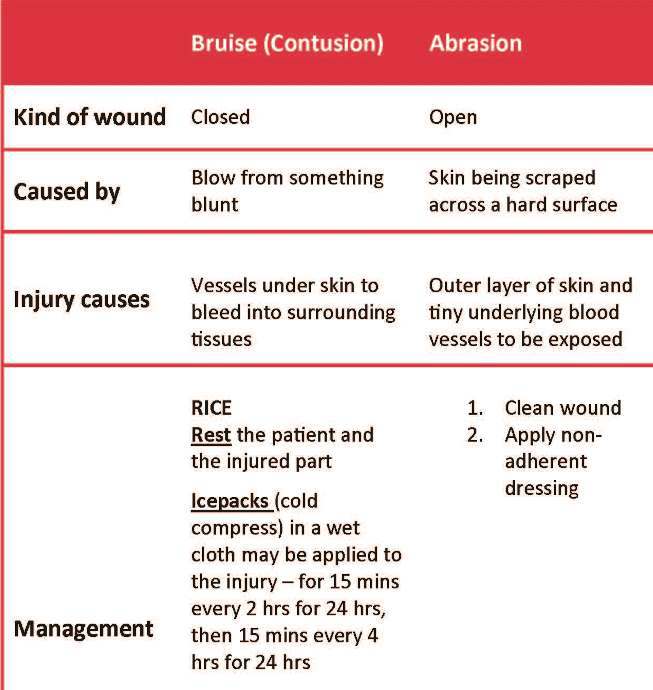
See more types of wounds and treatment tips on the full download here.
Once bleeding has been controlled and the dressing has been applied, you should continue monitoring the wound to ensure it is improving in condition. A wound that has not begun to heal within two days may be infected and this can spread throughout the body and become life threatening. If this is the case, seek medical attention.
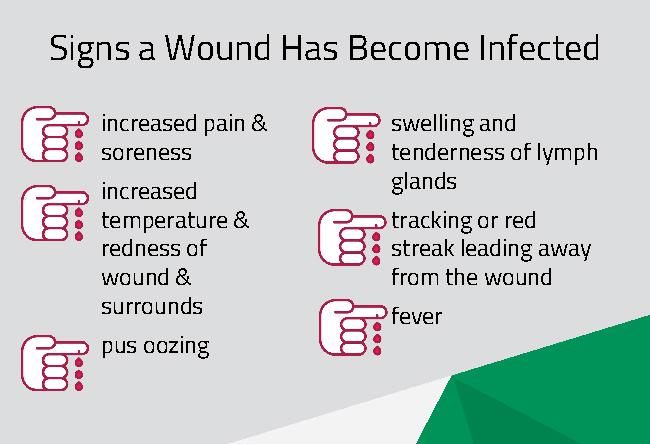
Amputated Parts
When a body part such as a toe, finger, hand or leg is partly or completely cut or torn off, the aim is to minimise blood loss and shock and to preserve the amputated part as it may be possible to re-attach it. If this is the case, do not wash or soak the amputated par in water or any other liquid. You should wrap the part in gauze and then place in a watertight container, such as a Ziploc bag. Place this into cold water which has had ice added to it. The severed part should not be in contact with ice. The body part should accompany the casualty to hospital for reattachment if possible.
Internal Bleeding
Bleeding inside the body can be just as serious as bleeding outside of the body. Caused by anything from a blunt violent force or a stomach ulcer, blood escaping from the circulatory system means it is not being delivered to vital organs, which can result in shock or even cardiac arrest. If internal bleeding is suspected, the casualty should be laid down with legs raised (unless coughing up blood – in which case they can be half-sitting) and 000 should be called immediately. Give nothing by mouth and try to keep the casualty calm.
The skin, as our largest organ, is intact for a reason. Protection from infection, a shield against internal injury and maintaining body temperature are just a few of its vital functions. When the skin begins bleeding from a wound, First Aid is vital, with further medical follow up if necessary for more severe cases.
While we trust this guide is helpful, nothing can take the place of our formal training. Practical wound treatment is a fundamental element of our First Aid Training Courses. We recommend everyone completes a First Aid course at least every 3 years to ensure they are up to date with the most current methods of how to stop bleeding to ensure the best chances of recovery and the lowest chances of infection.
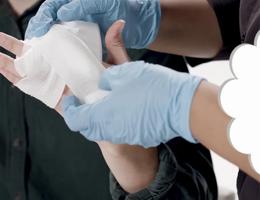
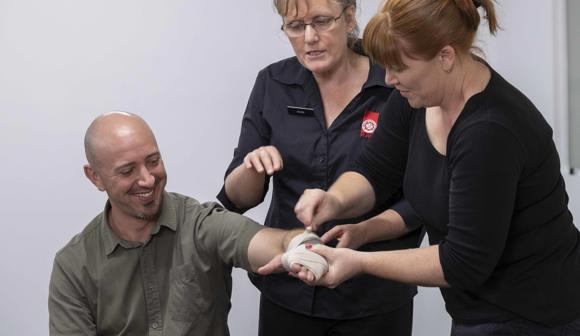
HLTAID011 PROVIDE FIRST AID
This course teaches the skills and knowledge required to recognise and respond to life-threatening emergencies and provide a first aid response to a casualty in a range of situations.
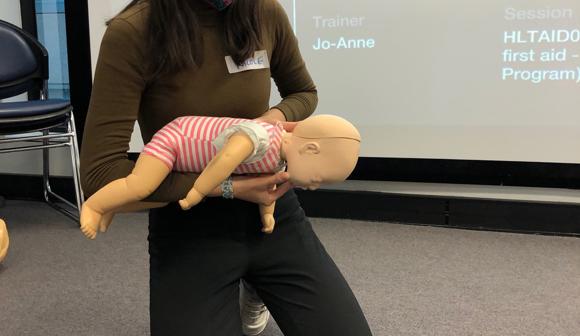
CARING FOR BABIES AND KIDS
4 Hour Face-to-Face
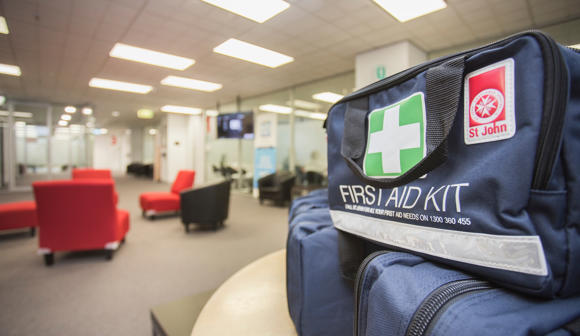
How to choose the right First Aid Kit for you
First aid kits can be a little daunting if you’re unfamiliar with what’s available. Will it have the right equipment, or enough of the right contents for me?
Read this article to find out how to pick a first aid kit based on your needs.
